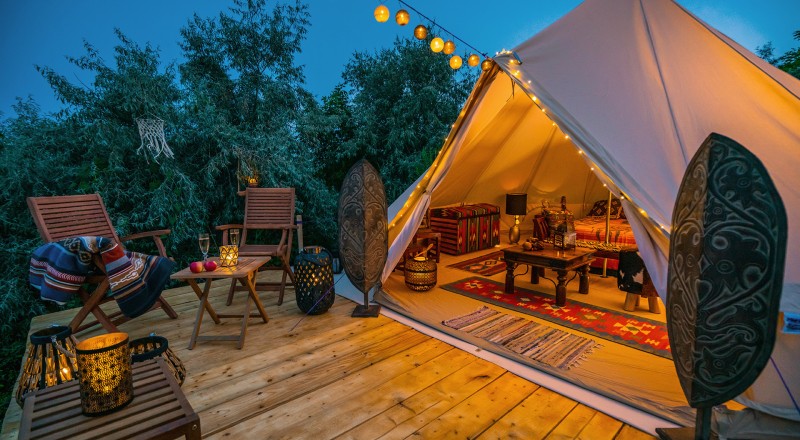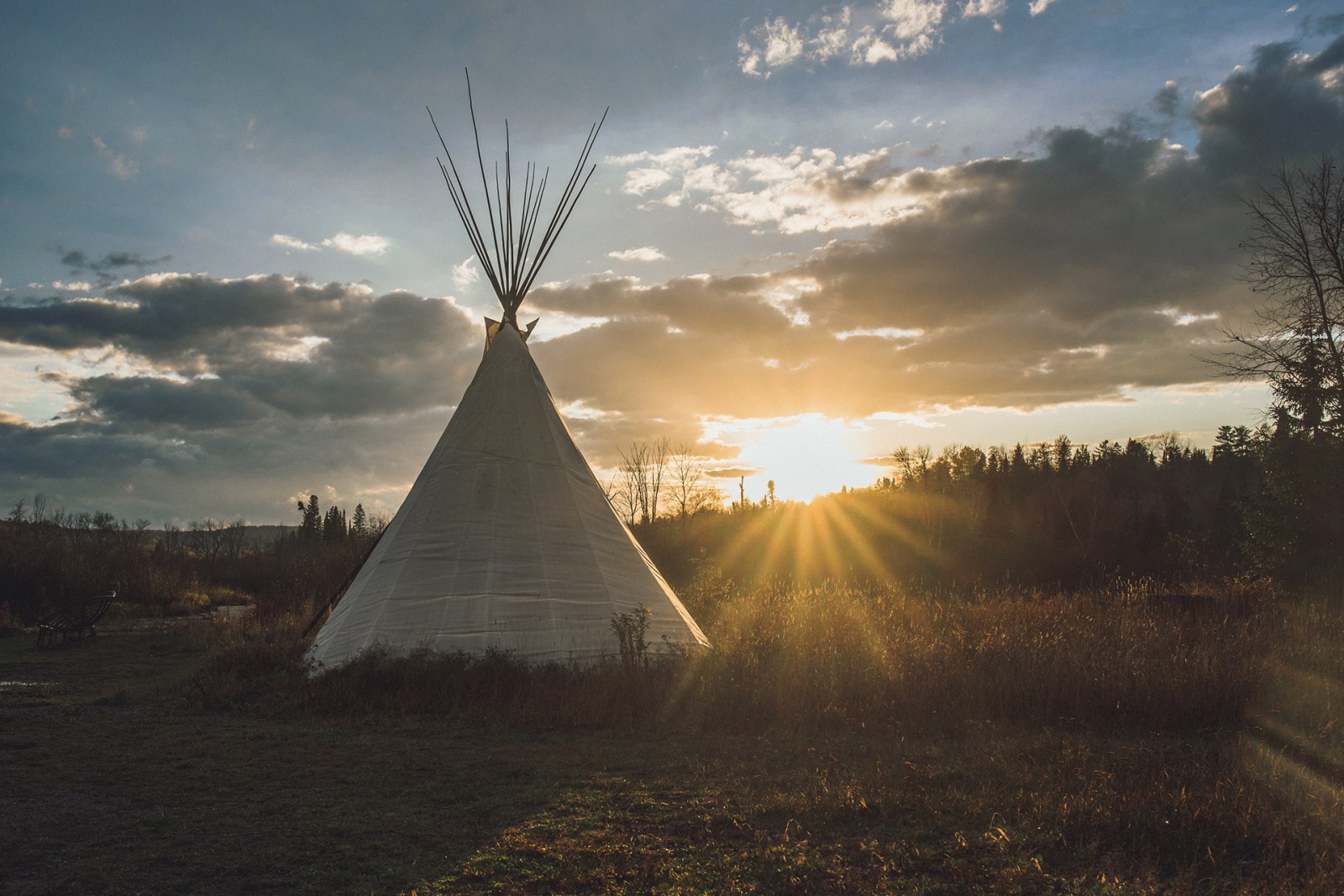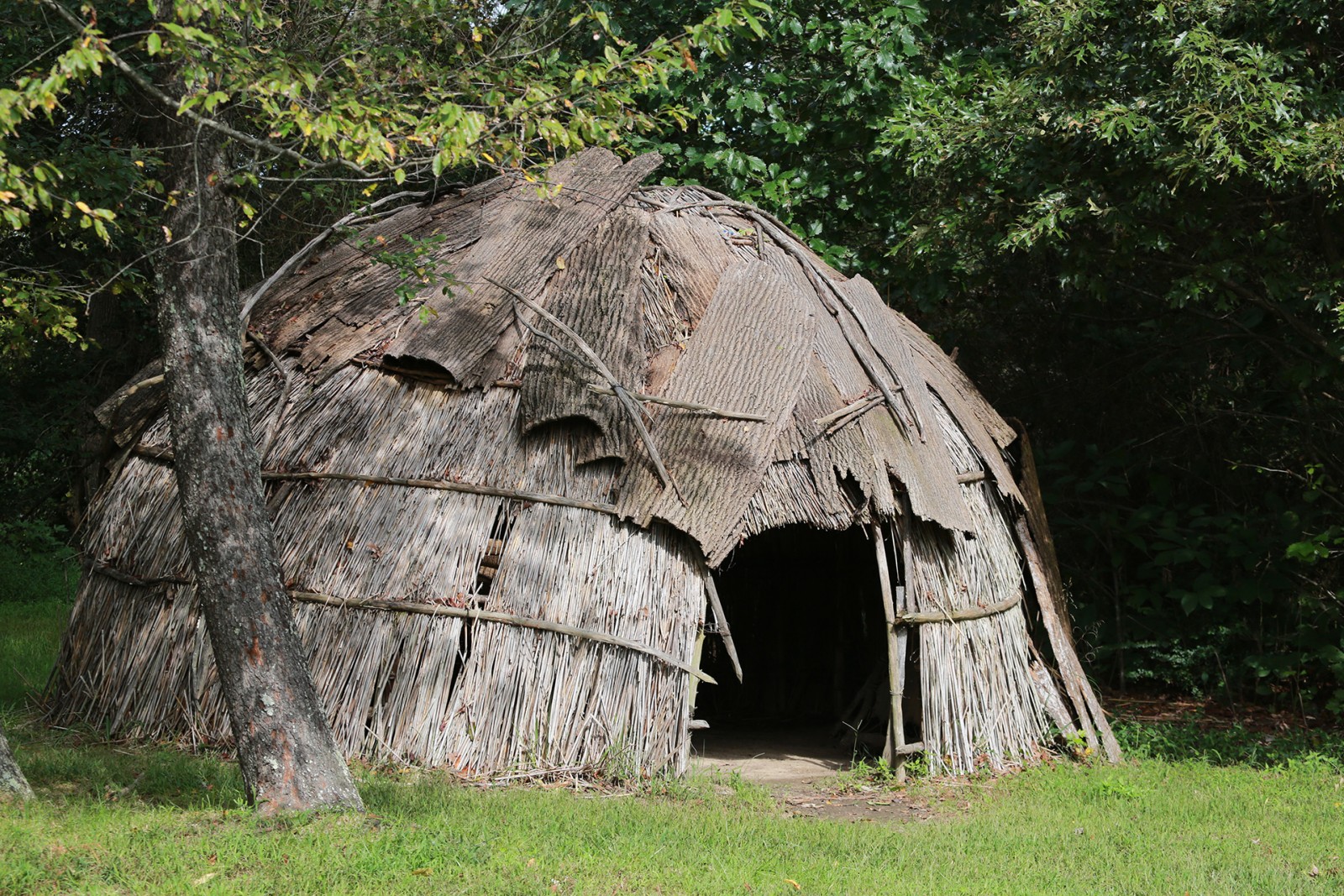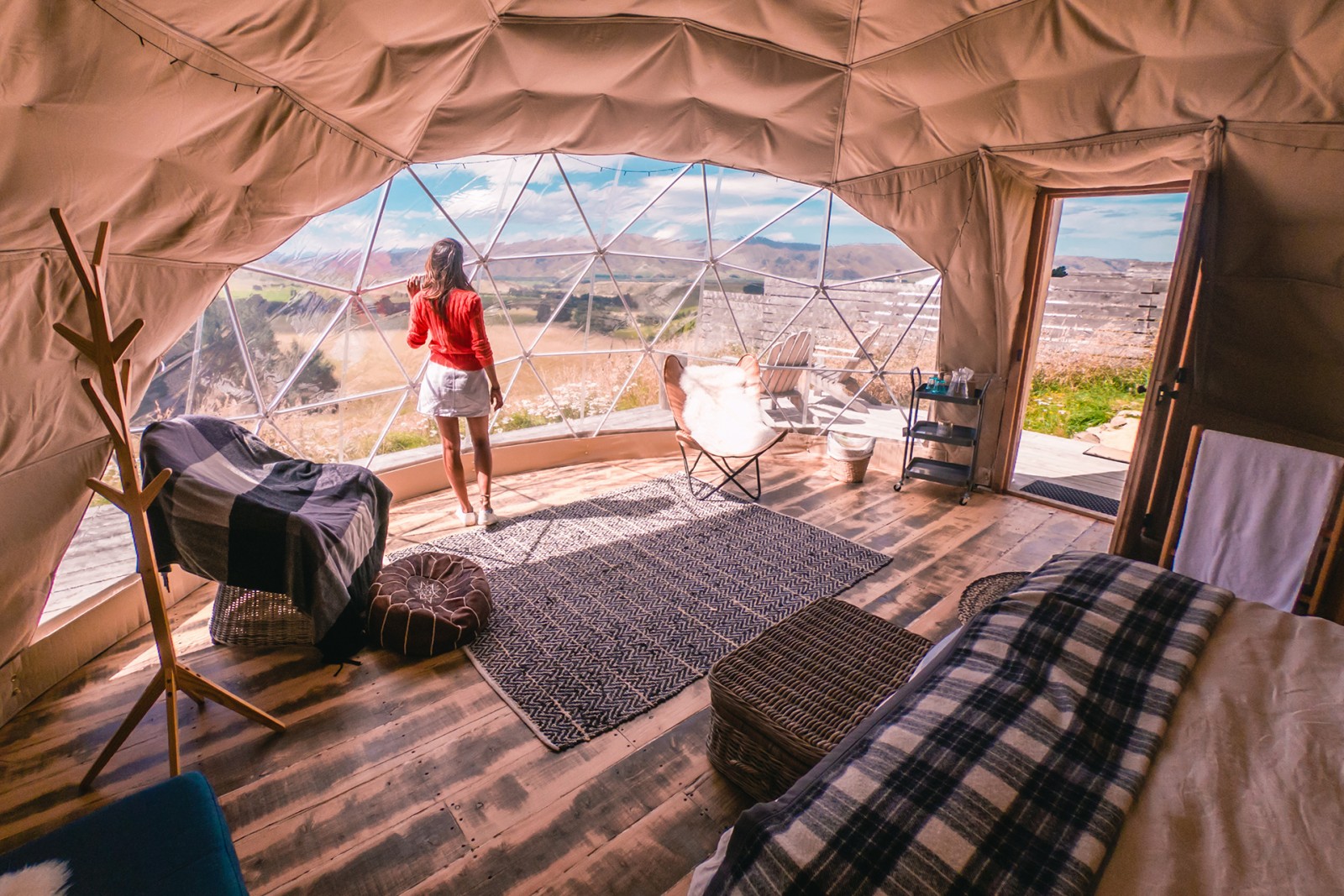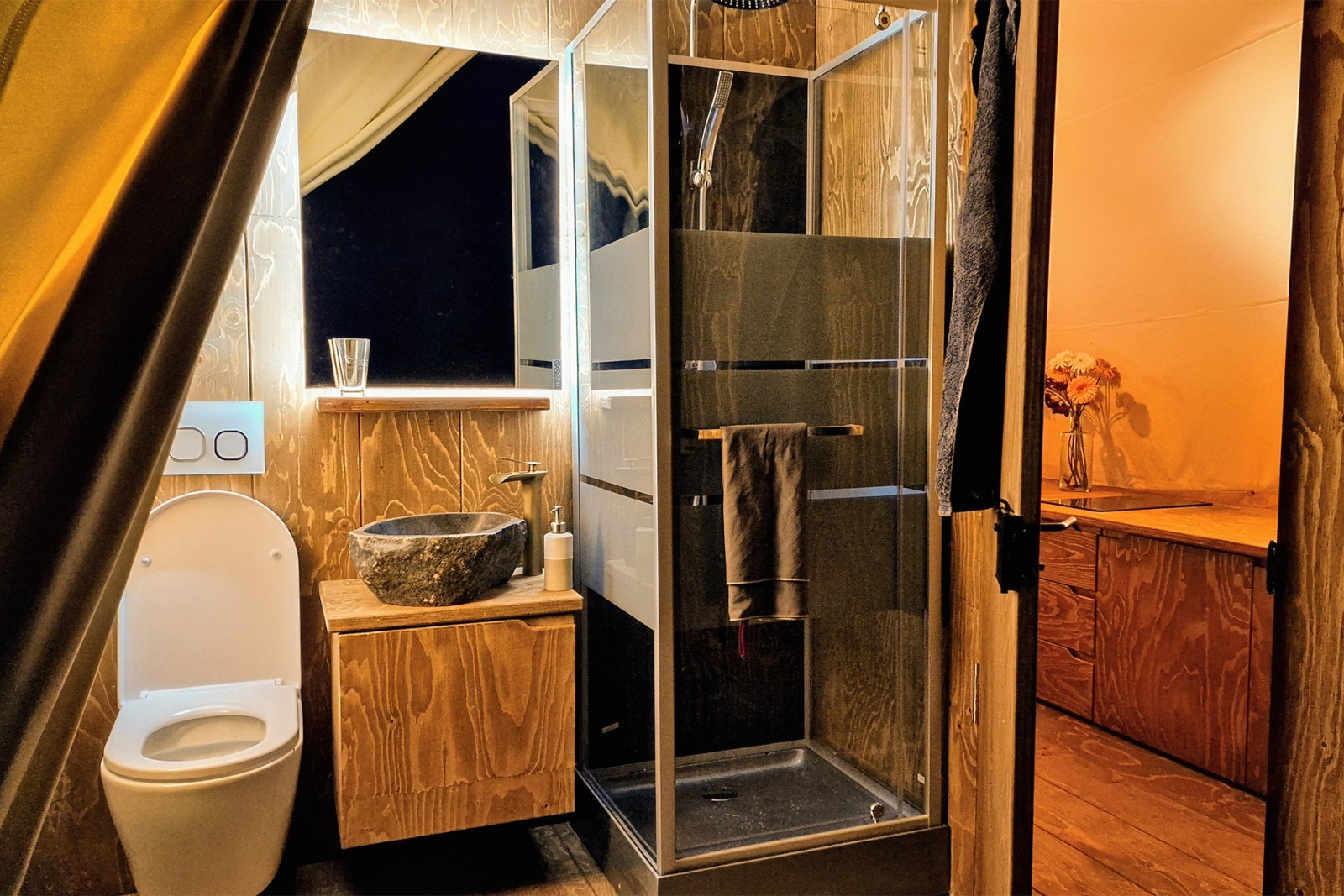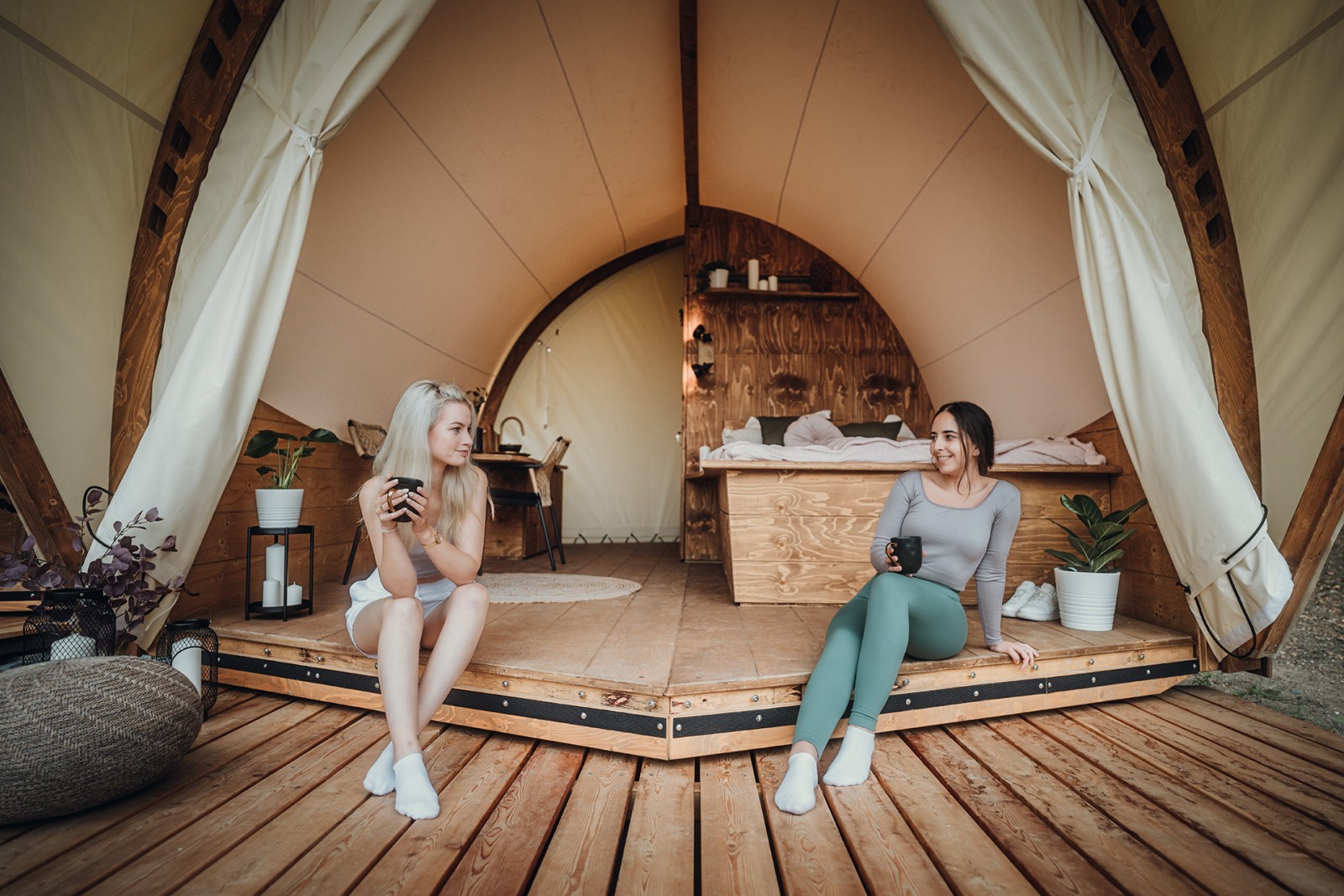Wigwams and teepees are traditional accommodations that have always been used by the indigenous peoples of America, more precisely North America. They offer the benefit of a high living comfort combined with a relatively small pack size, which allows for flexibility in terms of choice of location.
Today, modern interpretations of wigwams and teepees can be found all over the world where they serve other purposes – for example as a children's play tent or as a glamping tent. The word "wigwam" is derived from the language of the Abenaki of the Eastern Algonquin tribes, and the term "teepee" was originally used by the Lakota of the Sioux tribes.
